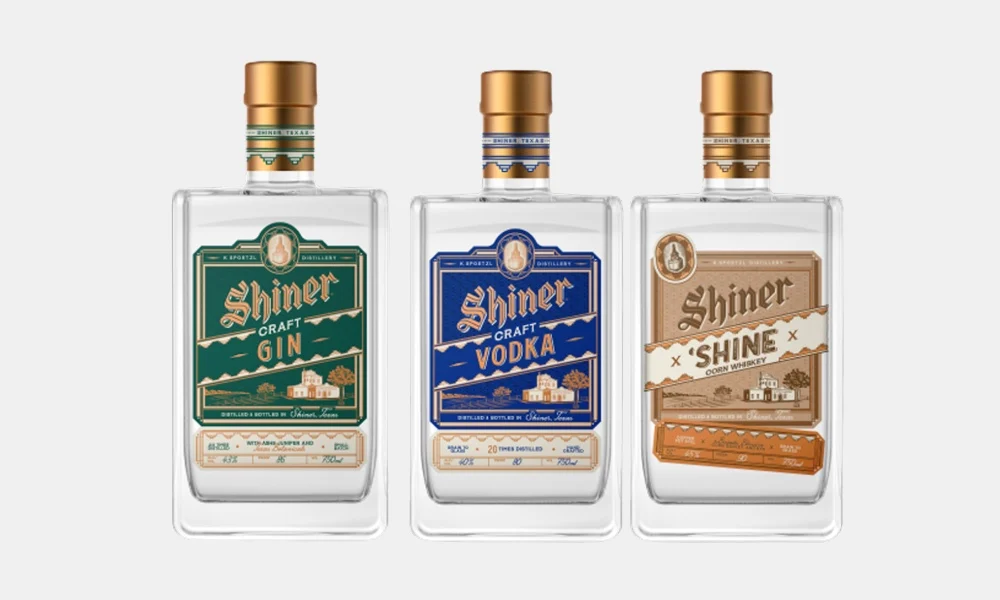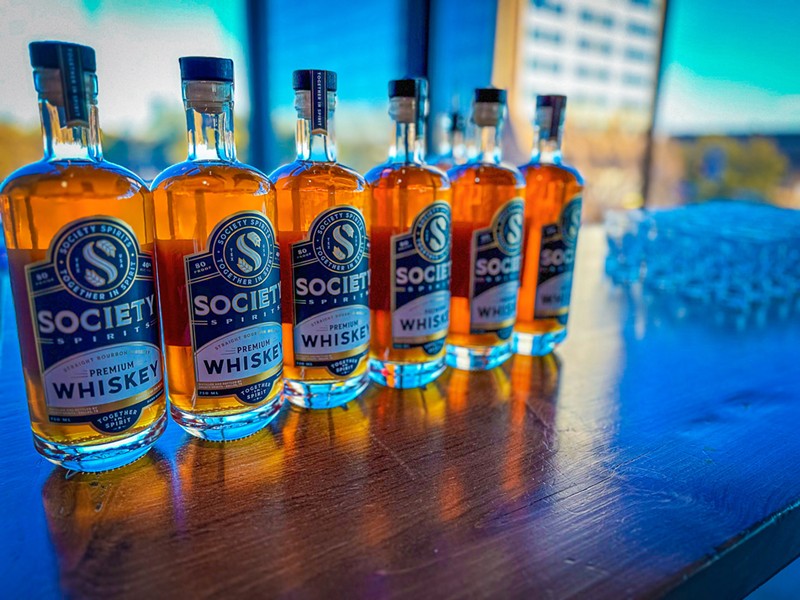From Mash to Container: The Complexities of Craft Distillery Manufacturing Revealed
Craft distillery manufacturing is a thorough process that involves a collection of intricate actions to transform raw components into a polished spirit all set for intake. From the preliminary phases of mash preparation to the last touches of classifying and bottling, each stage of production plays an essential duty fit the personality and high quality of the end product (Galveston Liquor). As we decipher the complexities of craft distillery production, we will certainly uncover the virtuosity and science behind each step, clarifying the covert world that finishes in the creation of a outstanding and distinct spirit
The Art of Mash Preparation
Mash prep work in craft distillery manufacturing is a meticulous procedure that lays the foundation for the top quality and taste profile of the last distilled spirits. The art of mash preparation involves incorporating grains such as barley, corn, rye, or wheat with water and enzymes to transform the starches into fermentable sugars. This vital action needs precision in the option of grains, water high quality, and enzyme task to make certain ideal sugar removal during fermentation.
Craft distilleries take terrific care in sourcing top notch grains as they directly affect the preference and character of the spirits. The percentages of various grains utilized in the mash bill are likewise carefully computed to achieve the wanted taste profile. Additionally, factors such as water temperature level, pH degrees, and mixing techniques play a considerable duty in the mashing procedure.
As soon as the mash is prepared, it goes through fermentation, where yeast is included in transform sugars right into alcohol. The quality of the mash directly affects the effectiveness of fermentation and ultimately, the general high quality of the distilled spirits. Craft distilleries pride themselves on their interest to detail during mash prep work, identifying its importance in producing remarkable spirits.
Fermentation: Changing Ingredients Into Alcohol
Just how do craft distilleries change meticulously prepared active ingredients right into alcohol with the process of fermentation? Fermentation is a critical step in craft distillery production where yeast engages with sugars to develop alcohol. After the mash preparation phase, the liquid, known as wort, is transferred to fermentation tanks. Yeast is after that included in the wort, where it takes in the sugars existing in the mix, converting them right into alcohol and carbon dioxide.

Throughout fermentation, the temperature level and environment are carefully monitored to make certain ideal problems for yeast activity. This procedure generally takes numerous days to a week, relying on the wanted alcohol web content and flavor profile. As the yeast works its magic, the liquid undertakes significant chemical changes, resulting in the formation of alcohol.
As soon as fermentation is full, the resulting fluid is called the clean or beer. This alcoholic liquid works as the foundation for the succeeding purification process, where it will certainly be transformed right into the final spirit via careful craftsmanship and accuracy techniques.
Purification Strategies and Tools
Using specialized devices and exact strategies, craft distilleries utilize various distillation techniques to extract and refine the alcohol material of the fermented wash, inevitably shaping the personality and top quality of the last spirit. Purification is the process of dividing alcohol from the fermented liquid with dissipation and condensation. Craft distilleries commonly use pot stills, column stills, or crossbreed stills in their distillation procedures. Pot stills, including a pot and a swan neck, are recognized for producing delicious spirits with abundant appearances. On the other hand, column stills, which have several plates for purification, are preferred for creating lighter and smoother this link spirits. Hybrid stills incorporate components of both pot and column stills, offering distillers flexibility in crafting a varied array of spirits. The choice of still and the purification strategy utilized dramatically affect the fragrance, flavor, and overall quality of the distilled pop over here spirit. Craft distillers frequently experiment with various devices setups and purification approaches to accomplish remarkable and unique spirits that mirror their creativity and knowledge.
Aging Process: From Barrel to Bottle
With the distilled spirits currently prepared, the emphasis shifts towards the critical point of the aging procedure, where the transformation from barrel to bottle imbues the liquid with distinctive flavors and attributes. Aging plays a crucial duty in the development of the spirit, as it interacts with the wood of the barrels. The choice of barrel type, whether oak, charred, or previously utilized for other spirits, considerably affects the final taste profile. During aging, the spirit goes through a complicated series of chemical reactions that improve its preference, shade, and scent.

Bottling and Identifying: Final Touches
Upon completion of the aging procedure, the craft distillery very carefully proceeds with the careful tasks of identifying and bottling, adding the last touches that will offer the spirit to customers. Craft distilleries often make use of automated bottling lines geared up with equipment such as fillers, cappers, and labelers to enhance the process.
Classifying is another necessary aspect of the bottling procedure. Distilleries pay close attention to identify design, ensuring it abides by regulative demands while likewise sharing the brand's identification. Tags typically consist of important info like the spirit's name, alcohol web content, and origin. Furthermore, some craft distilleries hand-label their containers for a customized touch, specifically for minimal edition releases.
As soon as the containers are filled, sealed, and labeled, they go through a final assessment to assure they fulfill the distillery's standards. This attention to detail in the bottling and identifying procedure mirrors the craft distillery's dedication to supplying a costs item to customers.

Final Thought
In conclusion, the process of craft distillery manufacturing involves thorough steps such as mash preparation, fermentation, purification, aging, and bottling (Galveston Whiskey). Each phase requires cautious focus to detail and specific tools to guarantee the last item meets high requirements of top quality. From transforming components right into alcohol to bottling and classifying the finished product, craft distilleries display the art and scientific research behind creating premium spirits for discerning customers
Craft distillery production is a careful process that entails a collection of elaborate steps to change raw active ingredients into a refined spirit prepared for usage.Mash prep work in craft distillery manufacturing is a thorough process that lays the foundation for the quality and flavor profile of the final distilled spirits. Craft distilleries satisfaction themselves on their interest to go to my site detail during mash preparation, acknowledging its value in producing remarkable spirits.
Upon conclusion of the aging procedure, the craft distillery very carefully continues with the thorough jobs of labeling and bottling, including the last touches that will certainly offer the spirit to customers. From changing components right into alcohol to bottling and identifying the completed product, craft distilleries showcase the art and science behind creating premium spirits for critical customers.
Comments on “See a Distillery in Galveston: Behind-the-Scenes Tours and Tastings”